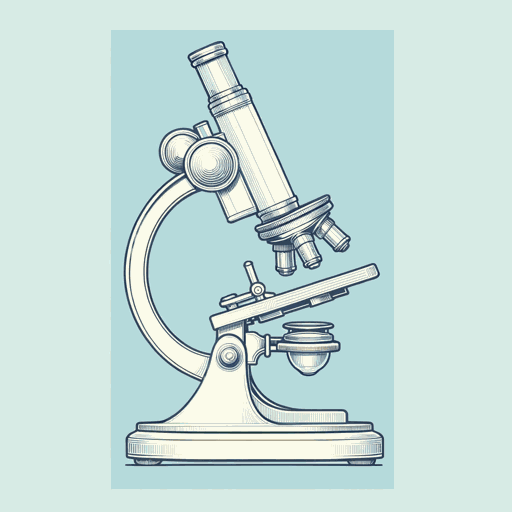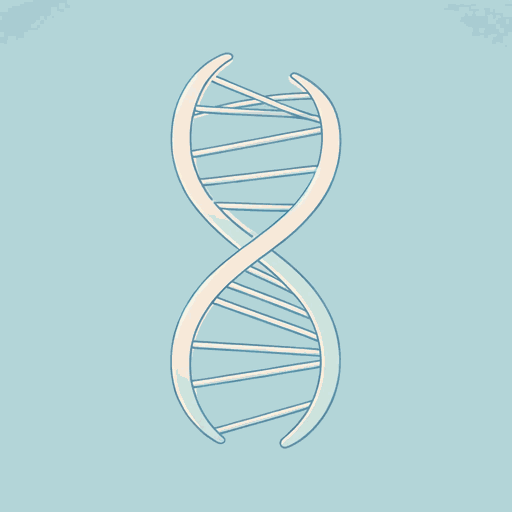71 pages • 2 hours read
Siddhartha MukherjeeThe Song of the Cell: An Exploration of Medicine and the New Human
Nonfiction | Book | Adult | Published in 2022A modern alternative to SparkNotes and CliffsNotes, SuperSummary offers high-quality Study Guides with detailed chapter summaries and analysis of major themes, characters, and more.
Part 6, Chapter 19-EpilogueChapter Summaries & Analyses
Part 6: “Rebirth”
Chapter 19 Summary: “The Renewing Cell: Stem Cells and the Birth of Transplantation”
Mukherjee opens this chapter by recounting what happened when the US dropped an atomic bomb on the Japanese city of Hiroshima on August 6, 1945. The bomb was equivalent to 35,000 car bombs going off at the same time. Three waves of deaths occurred after the event. The first wave occurred with the dropping of the bomb. Approximately a third of the city’s population was vaporized from the heat. The second wave was death from radiation sickness. Individuals that died during this wave experienced large doses of radiation. The final wave occurred in survivors who experienced lower doses of radiation and “began to develop bone marrow failure, resulting in chronic anemias” (316). The cells of these survivors could no longer rejuvenate their blood.
By studying this attack, researchers began to better understand stem cells, a special type of human cell from which other cells develop. Canadian researchers Ernest McCulloch and James Till became especially interested in understanding how blood cells regenerate after exposure to radiation. Based on studies of mice that they exposed to high levels of radiation, McCulloch and Till found that the mice survived only if they received bone marrow transferred from other mice. A small fraction of the transplanted marrow cells intrinsically moved “to the spleen and set up isolated colonies to regenerate blood—all the cellular elements of blood [i.
Related Titles
By Siddhartha Mukherjee



